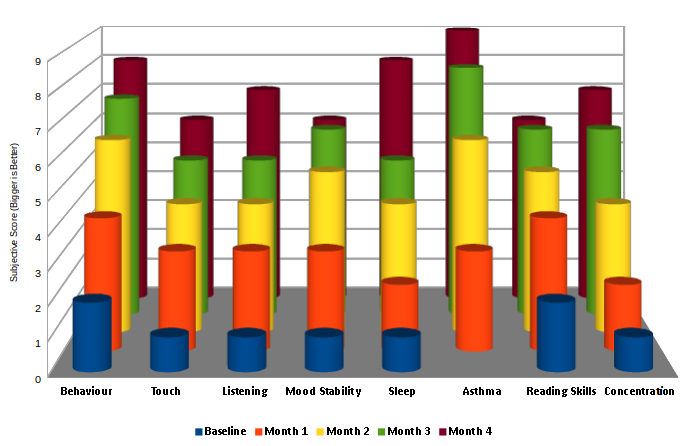by Dr Gloria Hettige PhD & Dayandra Hettige MBA
Diabetes is on the increase globally. It currently affects 246 million people worldwide and is expected to affect 280 million by 20151.
Measurement of glycated haemoglobin (HbA1c) is a fundamental strategy for tracking patients with diabetes.
HbA1c is used to monitor long term glycemic control, adjust therapy, assess the quality of diabetes care and predict the risk for the development of complications2.
Haemoglobin (known as Hb) is present in the red cells of everyone’s blood (it is the Hb of HbA1c). This is what makes your blood red. Glucose sticks to the haemoglobin in the red blood cells to give what is known as HbA1c. This happens by way of a complicated chemical reaction. The more glucose there is in the blood, the more glucose is attached to the haemoglobin. As red blood cells have a typical lifetime of eight to twelve weeks in your body, the amount of haemoglobin in your red cells with glucose attached is a good indication of the average glucose levels in your blood over that period3.
Case History
74 year old female patient with elevated HbA1c and on two oral diabetic medications presented herself in October 2014. She was under the management of the Diabetic Specialist in Wellington hospital. Despite the medications and dietary controls, her fasting glucose levels were reading as high as 14 and going out of control. She was very distressed.
She was given the ultimatum by the Hospital Diabetic Specialist that she had to go on insulin. She requested a period of two months from the hospital in order to investigate a complementary solution.
-
Extremely elevated diastolic and systolic blood pressure on two BP medications
-
Rising HbA1c
-
Erratic fasting Blood sugar
-
Possible diabetic Neuropathy
-
Fatigue
-
Elevated Liver Enzymes
-
Low B12 and Folate
-
Several Urinary Tract Infections
-
Low Iron
-
Cervical Vertebrae issues
-
Arm Pain – unable to do any house work
Case Treatment
This case study demonstrates how quickly these markers can be influenced using modern nutrition biochemistry (see Figure 1). The subject’s diet was changed:
-
Elimination of gluten, dairy, sugar and wheat
-
Introduction of organic chicken and fish to a previously vegetarian diet
-
A number of high quality nutritional supplements were introduced:
- Bupleurum and Peony comb.
- Activated B12/Folate
- Veg. Digestive Enzyme
- CoQ10 150mg
- Magnesium & taurine comb.
- High purity fish oil
- Hops & chromium comb.
-
Pain was resolved through the use of SCENAR treatments
Clinical Outcomes
-
High TSH reduced (4.6 → 2.0mIU/L)
-
High ALT reduced (85 → 28U/L)
-
Low Folate increased (20.6 → >45nmol/L)
-
B12 above optimum (569 → 875pmol/L)
-
Homocysteine well within range (5.5µmol/L)
-
HbA1c rapid decline (84 → 62mmol/mol)
-
Elevated fasting blood sugar well within limits now
-
Elevated BP improved (176/80 → 148/63
- Arm pain was resolved with SCENAR treatment
Figure 1: Improvement in Blood Markers
Net Outcome
-
Plan to introduce insulin injections cancelled by the diabetic specialist
-
Oral diabetic medication dosages halved by the diabetic specialist
-
Currently does house work
-
Has the energy to use a treadmill in her own house
Conclusion
Regardless of age, changing to the right diet and lifestyle and the introduction of a personalised nutritional protocol that delivers therapeutic doses of high quality nutrients enables significant impact to blood markers in diabetes.
1 World Health Organisation. Definition, Diagnosis and Clarification of Diabetes Mellitus and its complication of Diabetes Mellitus. WHO/NCD/NCS/99.2 ed.Geneva, World Health Organisation. 1999
2 Randie R, Little and David B. Sacks (2009) HbA1c: How to measure it and what does it mean. Current opinion in Endocrinology, Diabetes and Obesity 16:113-118
3 Health Service Executive website (2015), People with Diabetes FAQs, http://www.hse.ie/eng/health/hl/living/diabetes/People_with_Diabetes_FAQs.html




